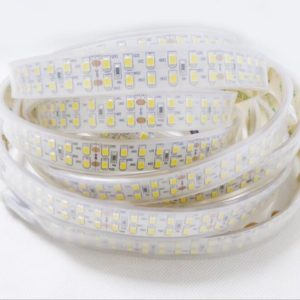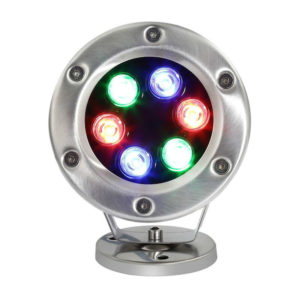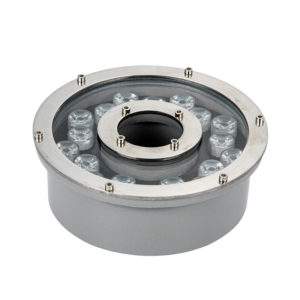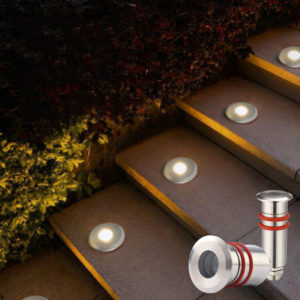Showing all 4 results
-
IP68 Underwater Pool 2835 LED Strip Dual Row Tape Light 240 LED Per Meter
$4.50 -
LED Pool Light RGB 6W LED Light Underwater LED Swimming Pool Lighting
-
Queen Of Light Multicolor Fountain Light 18 Watts Water Fountain Lamps Exterior Fountain Light
$15.60 -
Starlight Effects Mini Floor Recessed Spot Lights LED Step Deck Lights Outdoor Buried inground Light
$2.80
underwater LED lights
In addition to home swimming pools and hot tubs, underwater LED lights are used in large public aquariums and fountains. LED lights are often fully submersible and sealed against water ingress, while providing bright and durable illumination for underwater applications. Various shapes, sizes, colors, and brightness levels are available to meet different needs.
LED underwater lights can be used both aesthetic and functionally, enhancing pool safety by illuminating the underwater area and showcasing marine life in aquariums. Their low voltage makes them energy-efficient and safe to use in wet environments.
Designed to be installed underwater, the lights must be installed below the waterline. With LED lights, you don’t have to worry about battery drain. Adding some modern glamour to your boat is a great idea.
Underwater LED light detection
Most underwater LED lights include a mechanism that detects when the internal temperature reaches a level that compromises the safety of the electronic components.
Certain lights simply turn off when the temperature reaches a certain level. An advanced underwater LED light incorporates a graceful foldback arrangement that reduces the light output without turning it off.
If the light output is decreased, the internal temperature also decreases, allowing the light to automatically return to full power as soon as the temperature returns to a safe level. During on deck tests, this enables an ROV to avoid blackout situations and run its light safely for long periods of time in the air.
Most LED lights are designed to replace 250-watt halogen lights used on offshore oil ROVs, however, LED lights are also replacing higher power HID lights used on ROVs for research and filming missions. Compared to a 400 watt HMI light, these LED lights can produce more than 18,000 lumens. On offshore oil work class ROVs, such lights could also be used as “headlights.”
In a bay, two sets of similar LED lights are being tested. The left set shows signs of “browning” after 1 month of operation, resulting in a noticeable decrease in light output and bluer color.
In the most advanced configuration of LED lights, tiny remote LED light heads are positioned around the ROV while their individual drivers are housed together in one or more central housings. Since LED light heads do not have accompanying driver electronics, this takes advantage of their small size.
This system design can help with balancing and weight distribution of a vehicle by placing the relatively larger and heavier ballast near the center of gravity and placing the tiny and lighter remote light heads wherever they are needed to optimize the lighting tasks at hand. Additionally, this configuration can reduce overall cable weight.




